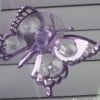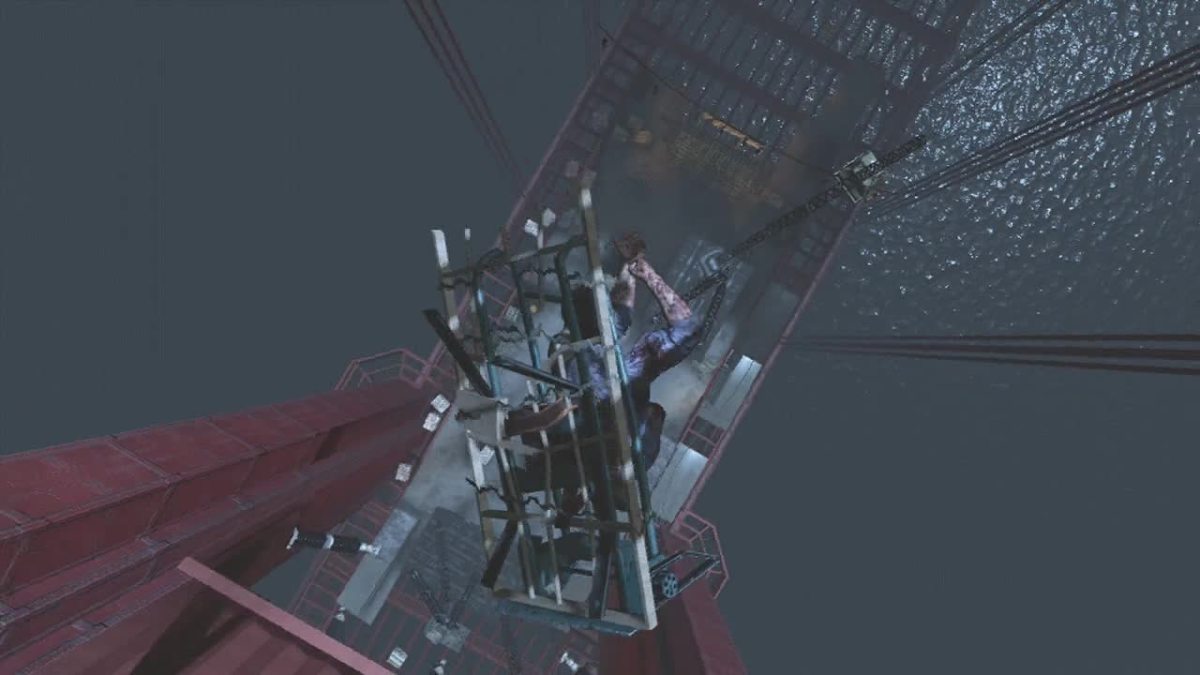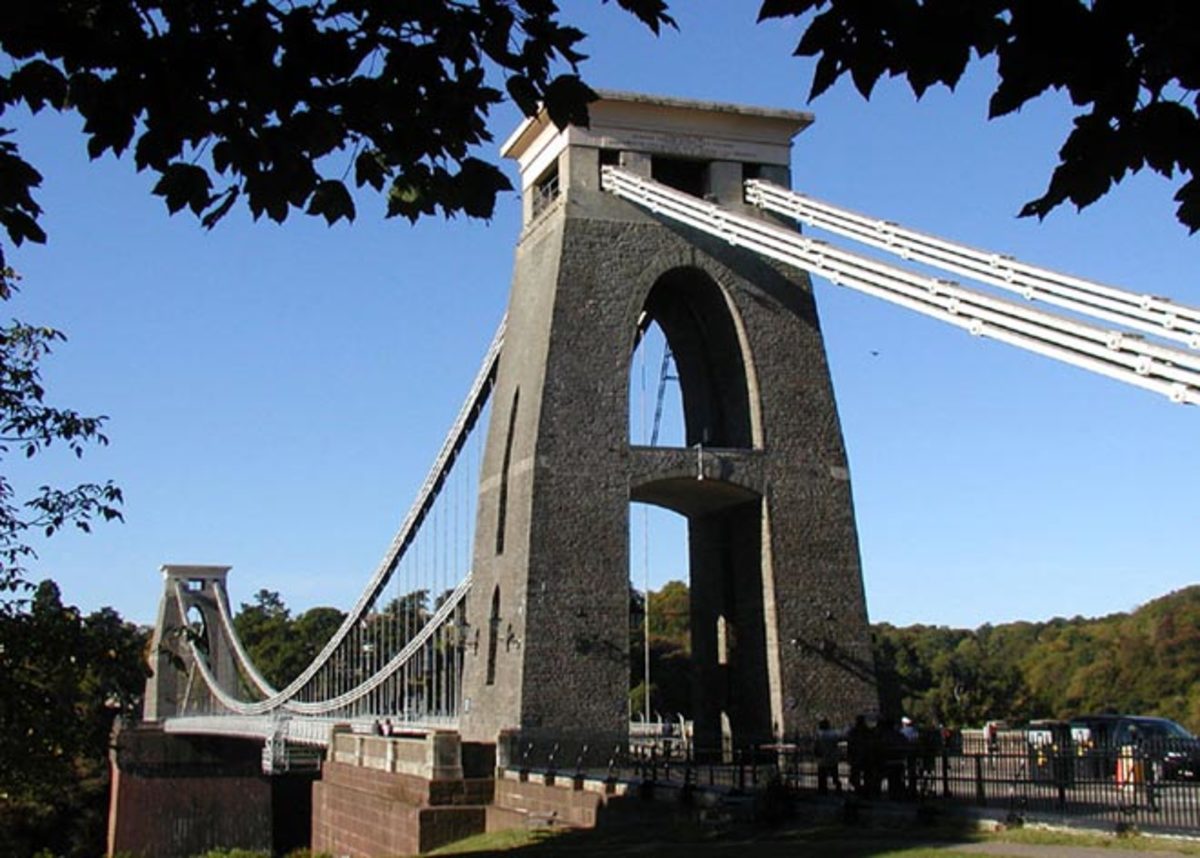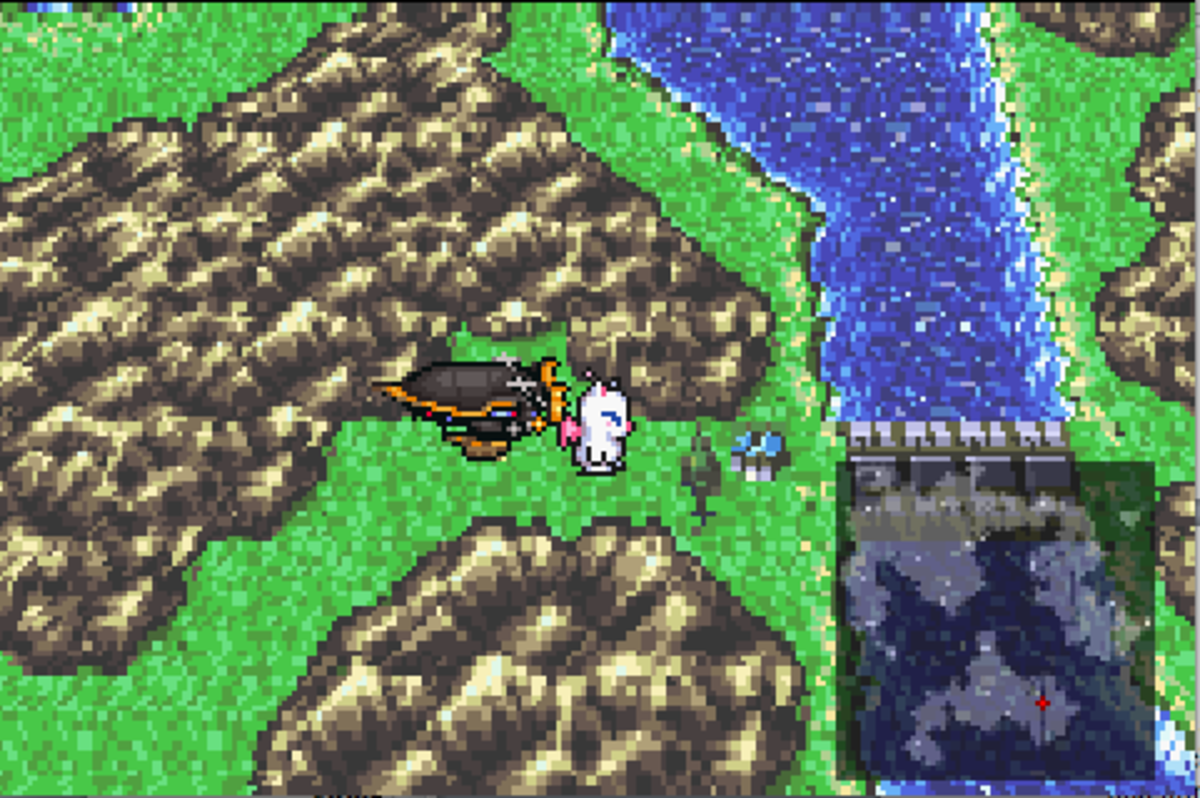The Melbourne West Gate Bridge Collapse of 1970
The West Gate Bridge was to be the biggest bridge in Australia, and the pride of Melbourne, but on 15 October 1970 it collapsed, killing 35 men and injuring 18 others. It was a nightmare event that will be forever etched in the memory of every Victorian.
John Paris heard two loud explosions, almost like a cannon being fired at close range. Startled, he looked up at the giant span of the bridge, some 61 metres directly above him. 'I heard the bolts snapping. I saw the span moving and I knew the bridge was falling,' he said. 'I ran for my life. The bridge was coming down. I thought I had no hope. Then suddenly a gust of wind from the falling structure picked me up and blew me 20 yards through the air. It blew me clear and saved my life.'
Mr Paris was one of the lucky ones. Thirty-five of his workmates died and 18 others were injured on that Thursday, 15 October 1970, when a 111.86-metre-long steel span and a concrete pier of Melbourne's huge West Gate Bridge plunged into the stinking mudflats of the Yarra estuary. The Royal Commission into the collapse later described it as 'probably the most tragic industrial accident in the history of Victoria.'
Intended to provide a more direct road access to the city from the south-western approaches, work on what was planned as the biggest bridge in Australia started on 22 April 1968. The budget for the new-style box-girder cantilever bridge, soaring more than 53 metres into the air, was $22 million, the completion estimated within three years. Both would prove to be among the biggest miscalculations in Victorian history.
The first warnings
The first signs that something might be wrong with the West Gate cantilever design of British engineering firm Freeman Fox and Partners came from Wales where, in June 1970, a similar bridge by the same firm collapsed, killing four men. Melbourne workers, fearing for their safety, walked off the West Gate site, but called off their bans after receiving assurances that additional safety measures would be incorporated into the design.
The assurance of absolute safety came from Mr Jack Hindshaw, the chief engineer of Freeman Fox, who was himself on the West Gate Bridge on the fateful morning of 15 October as workmen started to remove bolts from a joint in the bridge in an attempt to correct camber and buckling problems. The Royal Commission would later hear that removing so many of the bolts was like 'sawing off the limbs of a tree on which the workmen were sitting.'
What Mr Hindshaw and the others on the bridge did not realize was that they were about to pay the price for what Royal Commission chairman Mr Justice Barber called a combination of 'mistakes, miscalculations, errors of judgment, failure of communications and sheer inefficiency.' He added: 'Error begat error, and the events which led to the disaster moved with the inevitability of a Greek tragedy.'
Disaster Site

'God, the bridge is going'
While workmen continued to remove some of the bolts holding the 2000-tonne steel span, a welding crew was at work on the span itself, while some 61 metres below dozens of workers were munching sandwiches in their huts. At 11.50 am Nick Grosso, one of the welders, felt the bridge shake. Suddenly, with 'a roar like thunder', the massive steel span of which he sat was plummeting down to earth.
'I went down with the span,' he recalled. 'It was an awful few seconds and I can't exactly recall what happened. I found myself on the ground with cuts on my arm. God, was I lucky! There were men lying dead and injured all around me. Some of my own mates were dead. Others were moaning, "Help me, help me"...'
Ray Melroy was about 250 metres from the bridge when he saw the span start to move. 'There was a rumble,' he said. 'Then there were five explosions in succession. I thought, "God the bridge is going". I rushed to the scene. I found three men lying dead in the wreckage. There was smoke everywhere. Dozens of men were screaming. It was horrible.'
Alan Birtwistle, a mechanical engineer, said the rivets and bolts across the whole span went like machine gun fire. 'After the beam crashed, a cloud of dust arose. Then the pylon tottered and fell like a stick.'
Rescue workers, police, and surgical teams who rushed to the scene were confronted with a horrifying sight. The wooden huts beneath the bridge where workers were having their lunchtime sandwiches, normally more than 2.6 metres high, had been crushed by hundreds of tonnes of steel and concrete which in places reduced them to a height of only 5 centimetres. The men inside were pulped to nothingness.
Among the 35 people who died either instantly or from their injuries was Jack Hindshaw, the chief engineer who had vouched not long before for the safety of the bridge.
Lucky escapes
Many survivors are to this day amazed at their luck. Desmond Gibson tumbled through a gap which opened in the falling span and fell into the hollow of one of the bridge pillars where he bumped around like a ping-pong ball for what seemed to him like hours. Vincent Rosewarne tumbled from the top of the bridge to what seemed certain death when he hit a stretch of wire mesh which broke his fall like a trampoline before flinging him to safety.
The disaster, grim as it was, also produced its heroes. John Dooty, for instance, scrambled free from a mass of metal in which he was buried and dug into the mud with his bare hands to rescue injured mates. He continued even after rescue squads arrived, giving up only when he collapsed from exhaustion. Eight men and a nurse later received awards for their gallantry during the rescue operations.
Needless waste of lives
A Royal Commission, appointed almost immediately by the State government, sat for 80 days, during which it heard 52 witnesses, examined 319 exhibits, and heard three million words of evidence. It found that 'compression buckling' caused by the removal of too many bolts had caused the collapse. 'The disaster...and the tragedy of the 35 deaths was utterly unnecessary,' the Commission found. 'That it should have been allowed to happen was inexcusable. There was no sudden onslaught of natural forces, no unexpected failure of new or untested material.'
'The reasons for the collapse of span 10-11 are to be found in the acts and omissions of those entrusted with building a bridge of a new and highly sophisticated design ... While we have found it necessary to make some criticism of all the other parties, justice to them requires us to state unequivocally that the greater part of the blame must be attributed to Freeman Fox and Partners.'
The Victorian government immediately dismissed Freeman Fox and Partners from the project. The Commission's report had repercussions around the world, for in the wake of its findings, dozens of bridge projects were closed down; many had to be rebuilt or greatly strengthened before being opened.
New Modified Design
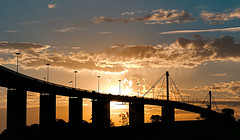
For years the wreckage of the West Gate Bridge remained as a stark memorial to the tragedy of 15 October 1970. As arguments over its future continued, the government at one point even considered dropping the entire project, which had already cost tens of millions of dollars.
In the end, however, the wreckage was cleared away, new contractors appointed, the design modified and work continued. When, on 15 November 1978, the West Gate Bridge was finally opened by Premier R. J. Hamer, the initial estimated cost of $22 million had escalated to a massive $200 million.
Today, with its eight lanes, closed circuit television monitors, computer controlled access and other novel features, West Gate Bridge is one of the landmarks of Melbourne. Yet, for many people, it will remain forever a symbol of one of the worst industrial tragedies in Australian history.
Photo Credit
Photo of the West Gate Bridge at sunset by Steve Kay.
If you want to know more
- The West Gate Bridge
This website is dedicated to those 35 working men who went to work on the 15th October, 1970 and never came home, to those who were injured, and to their brave comrades and the rescue crews who toiled tirelessly in horrific circumstances.
